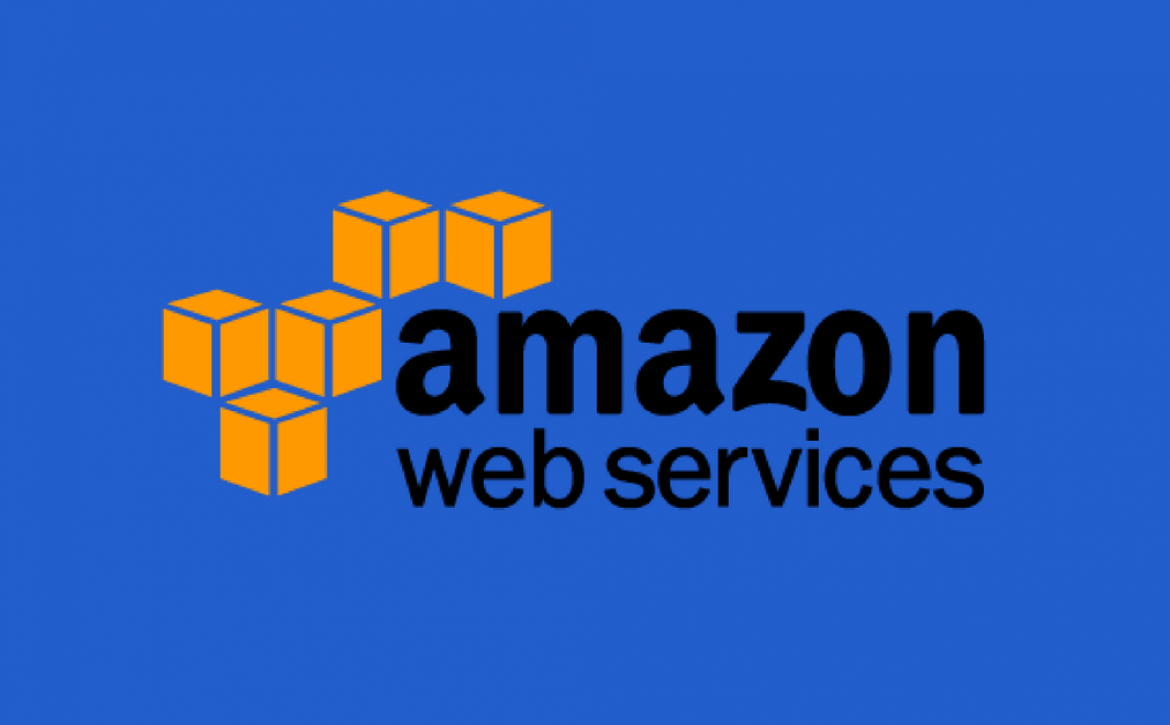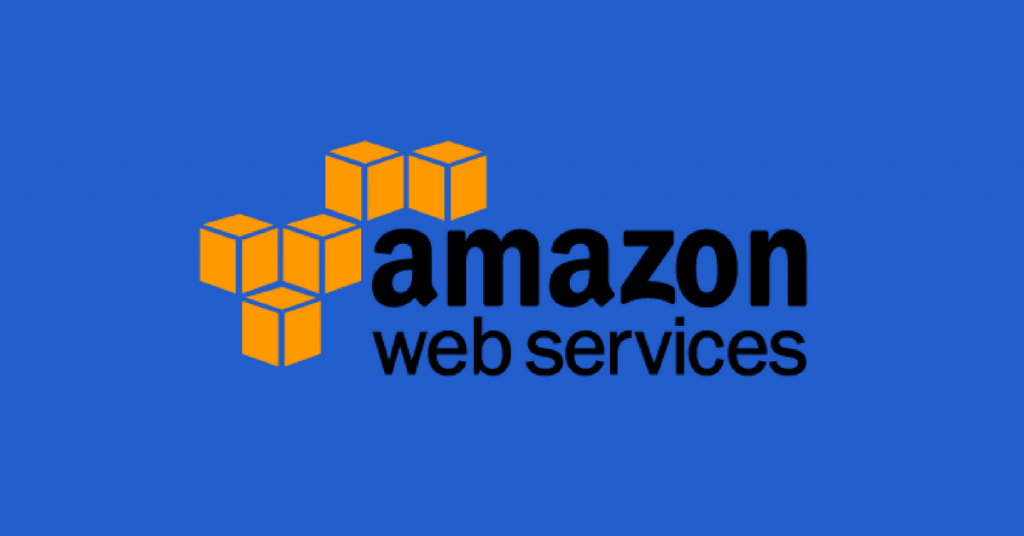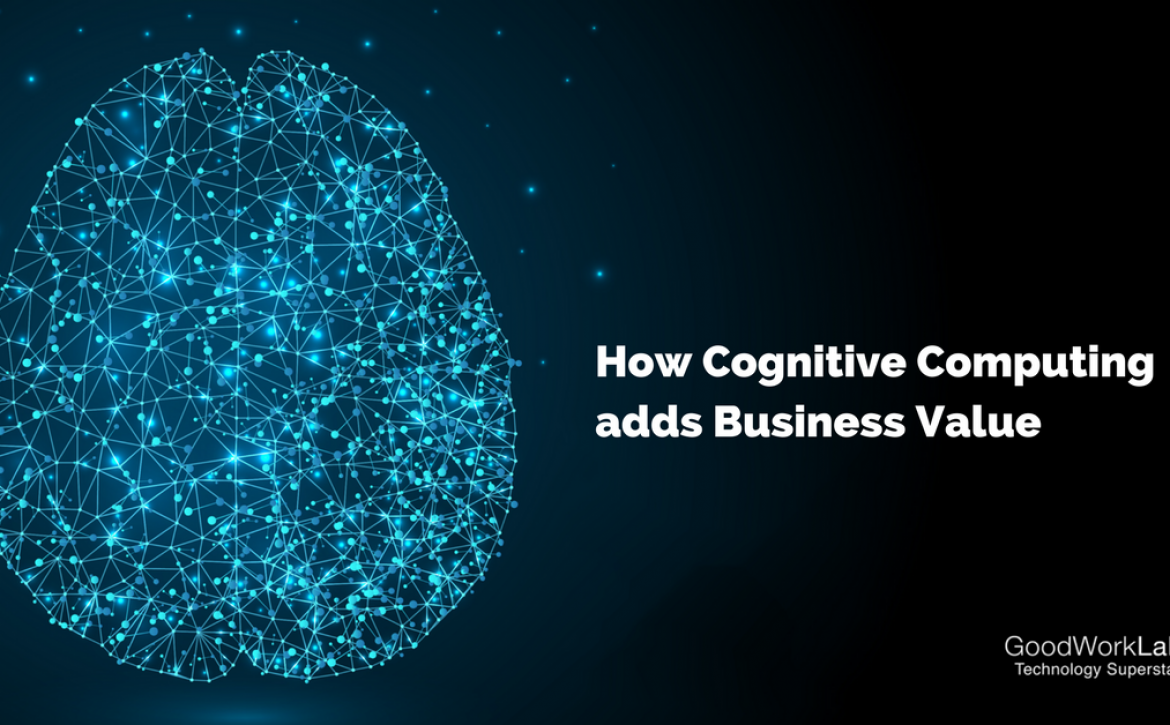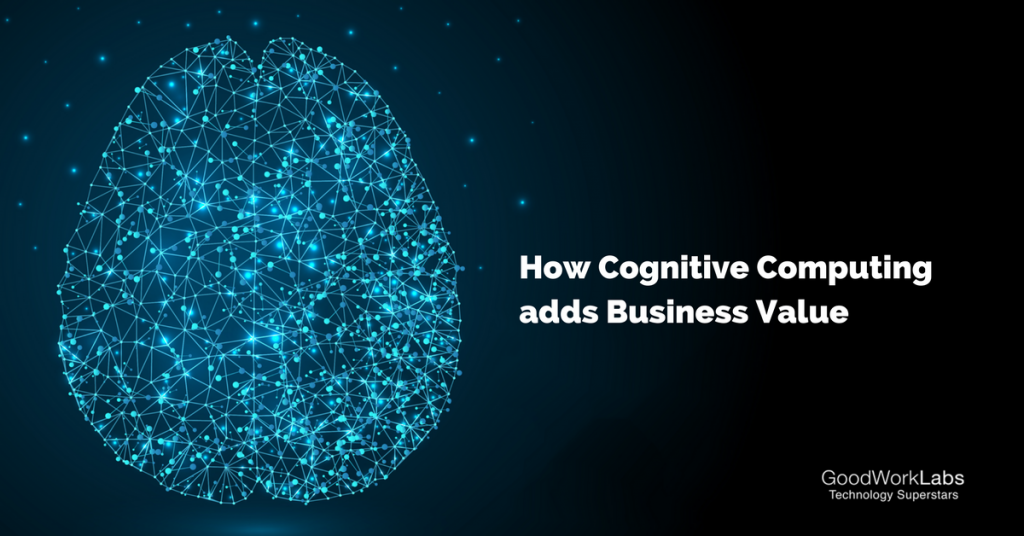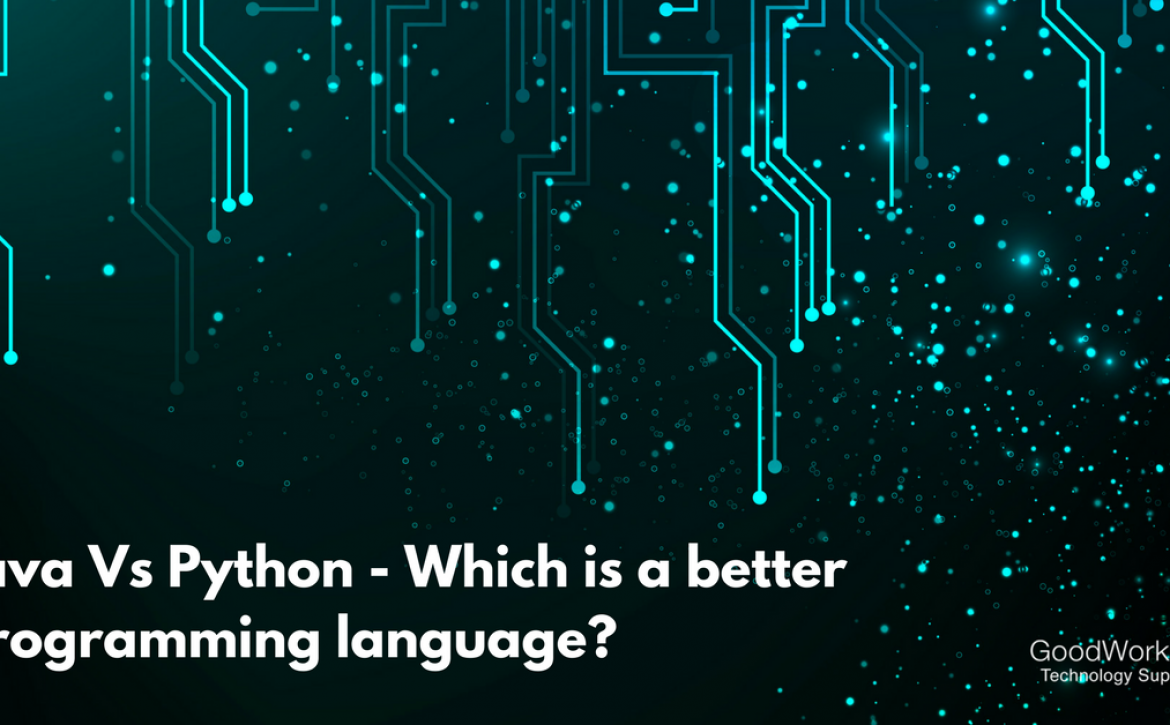5 Android Features You Never Knew About
And Along Came Android
Android is a software system package and UNIX operating system based mostly OS for mobile devices like pill computers and smartphones.
The goal of the project is to form a self-made real-world product that improves the mobile expertise for users.

What is Open Handset Alliance (OHA)?
It’s a consortium of 84 companies such as google, samsung, AKM, synaptics, KDDI, Garmin, Teleca, Ebay, Intel etc.
It was established on 5th November, 2007, led by Google. It is committed to advance open standards, provide services and deploy handsets using the Android Platform.
Why Is Android So Popular?
- It is open-source.
- Anyone can customize the Android Platform.
- There are a lot of mobile applications that can be chosen by the consumer.
- It provides many interesting features like weather details, opening screen, live RSS (Really Simple Syndication) feeds etc.
- It provides support for messaging services(SMS and MMS), web browser, storage (SQLite), connectivity (GSM, CDMA, BlueTooth, Wi-Fi etc.), media, handset layout etc.
Now that we know and understand a bit about Android, we would love to showcase a few amazing Android features you might have not probably tried.
1. Use your smartphone camera’s ability to detect infrared light to determine if your remote control’s batteries are dead.
“Our eyes can’t see it, but digital cameras surely can. A smartphone’s camera is indeed sensitive to IR radiation, and if you want to try it for yourself, just use a common IR remote control. The infrared beam emitted when a button is pressed will show as white or purple light in the viewfinder of your camera app. You can use this trick to check if a remote control’s batteries are dead when it stops working.”
2. Field Mode: *3001#12345#*
The USSD protocol allows you to access hidden features you didn’t know about right from your smartphone’s dialer. But there is some trickiness you’ll need to know about.
Type *3001#12345#* into your phone’s dialer and then press the green call button to access “Field Mode,” which can give you access to info about local networks and cell towers.
You’ll probably never ever have to know about your local cell tower’s “Measured RSSi,” but it’s fun to look around for a bit.
3. Force reboot
All of a sudden android devices freeze on few occasions. In case your android phone is frozen, you can reboot it instead of trying out other things and getting irritated by doing so. Just press Power Button+ Home Key + Volume up button simultaneously.
4. Get detailed information about phone status
We can get the detailed statistics related to our device like phone information, battery information, usage statistics and WiFi information by just dialing *#*#4636#*#* This is a handy USSD to get the details about battery usage, DNS check, Ping, Application time, usage time and so on.
5. Android Launchers
We don’t know how many of us actually use different launchers available in the play store. Generally people stick to the launcher provided by the manufacturer, and never realise that this can be modified. The launchers available these days can totally modify the look of the home screen and provide additional functionality to the phone. Just search for launchers in the play store.












